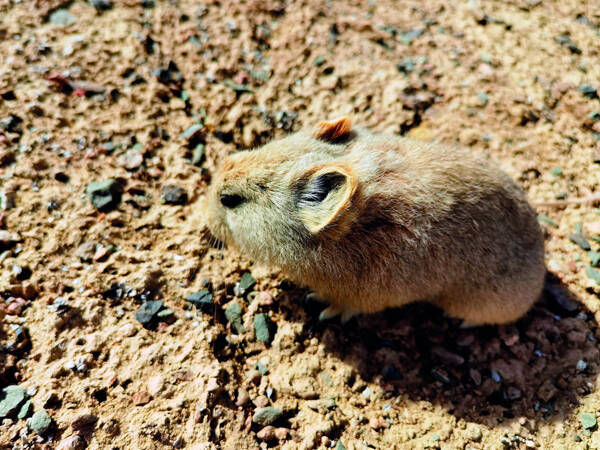
The taxonomic status of the Ladakh pika is relatively stable. However, due to the small number of specimens, the research is not in-depth, and the ecological research is almost blank. Therefore, it is a species that is little known. From the distribution habitat, its habitat is a hilly plateau surfa...
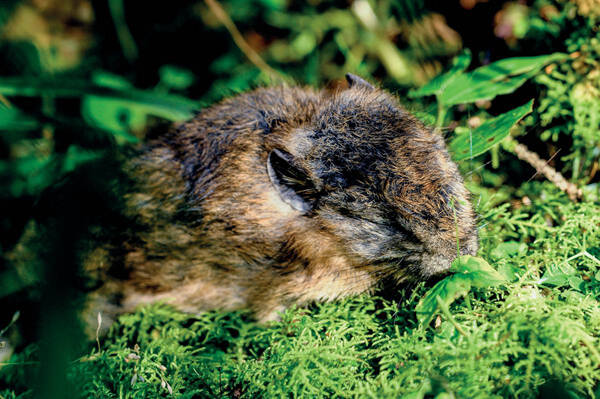
The Changbai Mountain pika belongs to the <Pika> subgenus. It has a narrow distribution range. It was first discovered in northern Korea as an independent species. Later, it was considered a subspecies of the alpine pika. Liu Shaoying et al. (2016) found it to be an independent species through...

The Mongolian pika belongs to the subgenus <Pika>, and its classification is very confusing. Sometimes the Mongolian pika produced in Ningxia is regarded as an independent species - Ningxia pika (<Ochotona argentata>), but molecular systematic studies have found that the Ningxia pika is...
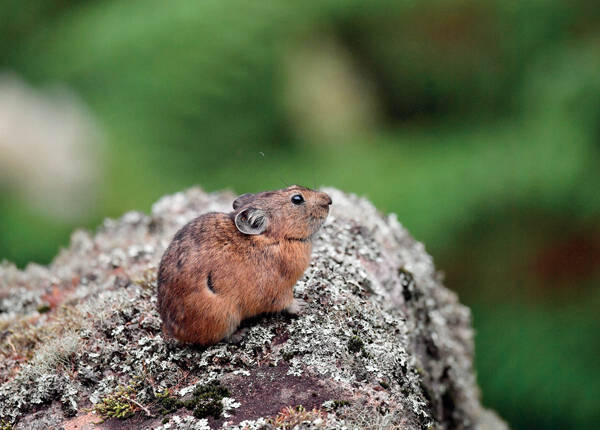
The Manchurian pika belongs to the subgenus <Pika>, and its classification status is very confusing. It was previously a subspecies of the Northeastern pika. Russian scientists (Lissovsky, 2012) regarded it as an independent species, but we doubt the accuracy of this classification and further...

The Alpine Pika belongs to the subgenus <Pika>, and its taxonomic status is stable, but it is easily confused with the Northeastern Pika (<Ochotona hyperborea>). The Northeastern Pika used to be a synonym of the Alpine Pika, and there are many subspecies and synonyms of the Alpine Pika,...

The gray mouse rabbit belongs to the subgenus <Conothoa>, and its species-level classification status is stable. However, it is often confused with the big-eared mouse rabbit (<Ochotona macrotis>) in identification, especially because the color variation of the two species is large, and...

The big-eared mouse rabbit belongs to the subgenus <Conothoa> and is a larger species. It is easy to be confused with the gray mouse rabbit in classification. Their differences are mainly in the measurement of the skull. The auditory bulla of the big-eared mouse rabbit is relatively large, whi...

The Kochia pika belongs to the subgenus <Conothoa> and is very rare. It was first collected by a Russian officer in 1884 when he crossed the Keriya Pass from Tibet to the Tarim Basin. It was named by another Russian scientist in 1894. But there has been no record since then. It was not until 1...
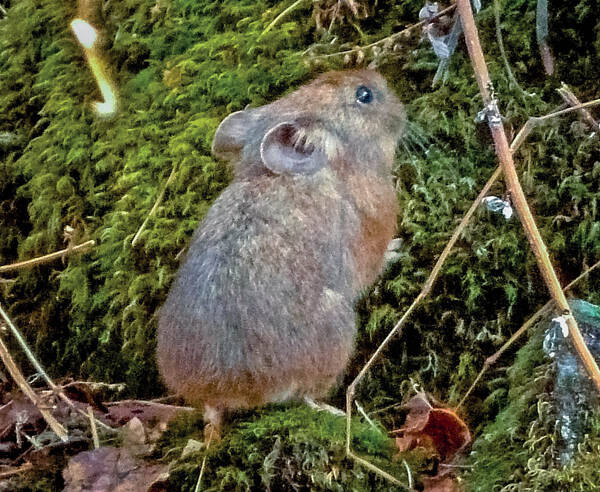
The Himalayan pika belongs to the subgenus <Conothoa>. The species was published by Chinese scientist Feng Zuojian in 1973, but its taxonomic status is controversial. At present, most studies believe that this species is a synonym of the gray pika (<Ochotona raylei>). Liu Shaoying et al....

The gray-necked pika belongs to the subgenus <Conothoa>. The classification of this species is rather confusing. The reddish-brown gray-necked pika in Gaoligong Mountain was once regarded as a new species - Gaoligong pika (<Ochotona gaoligongensis>). Molecular biological research results...
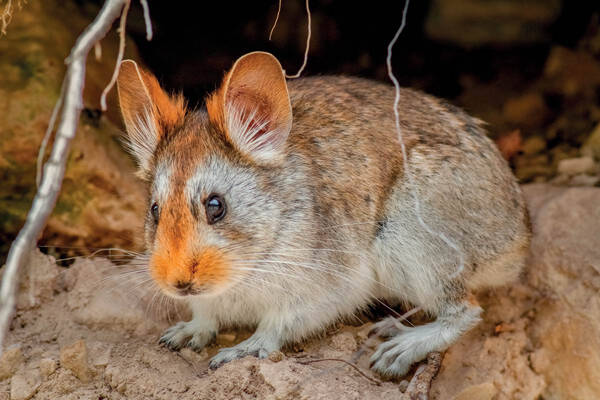
The Sichuan pika belongs to the subgenus <Conothoa> and was once classified as a synonym of the red-eared pika. In Muli, Sichuan, a new subspecies (<O. gloveri muliensis>) was once named. Later, many people regarded it as an independent species. Liu Shaoying et al. (2016) confirmed throu...
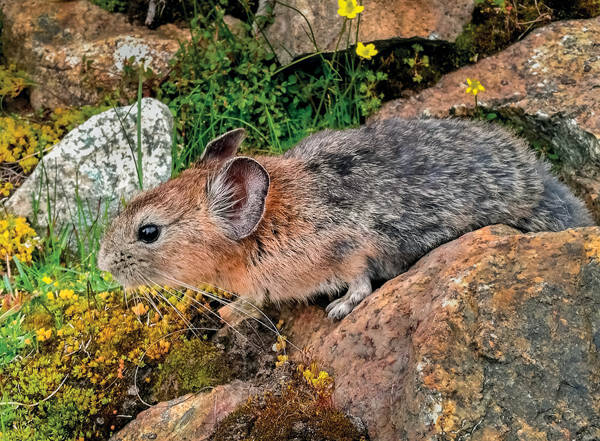
The Chinese pika belongs to the subgenus <Conothoa>. The species was first published by Thomas (1911) as a subspecies of the gray pika (<Ochotona roylei chinensis>). After the publication, no scientist has collected and studied this taxon. Russian scientist Lissovsky (2013) believed that...

Red-eared pika belongs to the subgenus <Conothoa>. There is some controversy in classification. Red-eared pika was once merged into red pika (<Ochotona rultila>). Liu Shaoying et al. (2016) confirmed it as an independent species. Red-eared pika is the most beautiful pika. It has a specia...
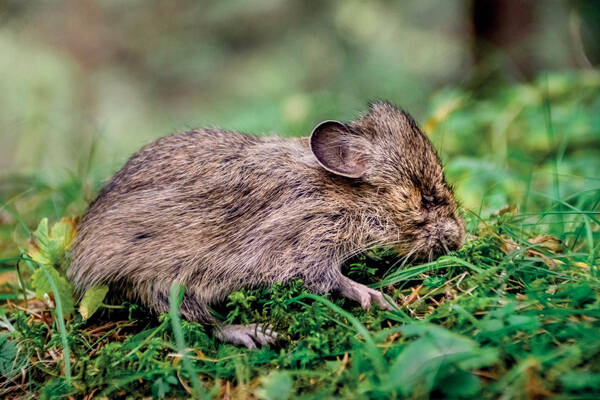
Xunhua pika, also known as Qinling pika, belongs to the subgenus Alienauroa. It was first published as a subspecies of Tibetan pika (O. thibetana), and was later considered a synonym of Ochotona syrinx. Liu Shaoying et al. (2016) classified it as an independent species because of its tragus, so it w...
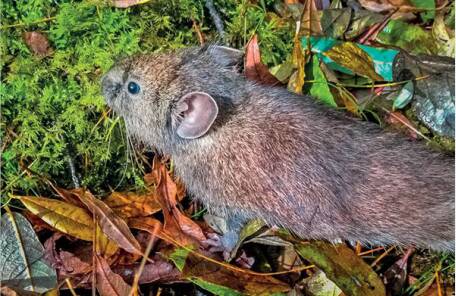
Huanglong Pika belongs to the subgenus Alienauroa. It is mainly distributed in forests below 3100m above sea level in the Minshan Mountains. Low altitude. It prefers rocky and humid habitats. This species is also one of the new species published by Liu Shaoying et al. (2016)....

The Dabashan pika belongs to the subgenus Alienauroa. The subgenus Alienauroa was established by Liu Shaoying et al. (2016). It is a very special type of pika with an obvious bat-like tragus in its ears. This genus is mainly distributed in forest areas with lower altitudes. This species is also one...

The Yarlung Zangbo pika belongs to the subgenus Ochotona and is a new species discovered by Liu Shaoying et al. (2016). Its distribution area is very narrow. It lives in relatively dry river valley shrubs with many gravels. There is almost no ecological research. In terms of phylogeny, it has a clos...

The scientific name of the narrow-headed pika is Ochotona thomasi, belonging to the subgenus <Ochotona>. It is a very special species with a small population, a narrow distribution area, few studies, and few specimens, which deserves high attention.The narrow-headed pika has complex burrows an...
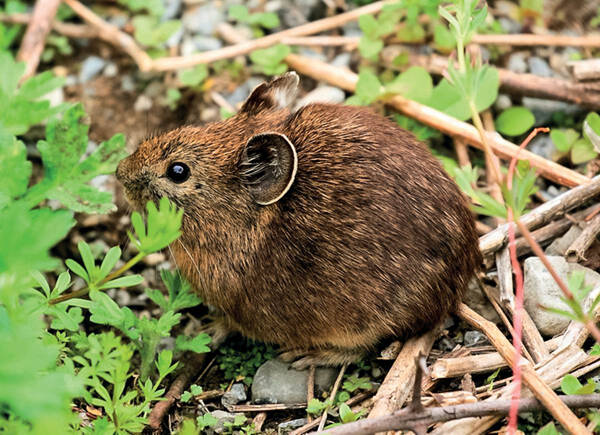
Tibetan pikas are active day and night, and are agile. They often chase each other for fun, and quickly go into the cave when they encounter an enemy.The cave system of Tibetan pikas is complex, with as many as 5-6 exits: the exits are generally opened at haystacks and tree roots. The cave entrance...